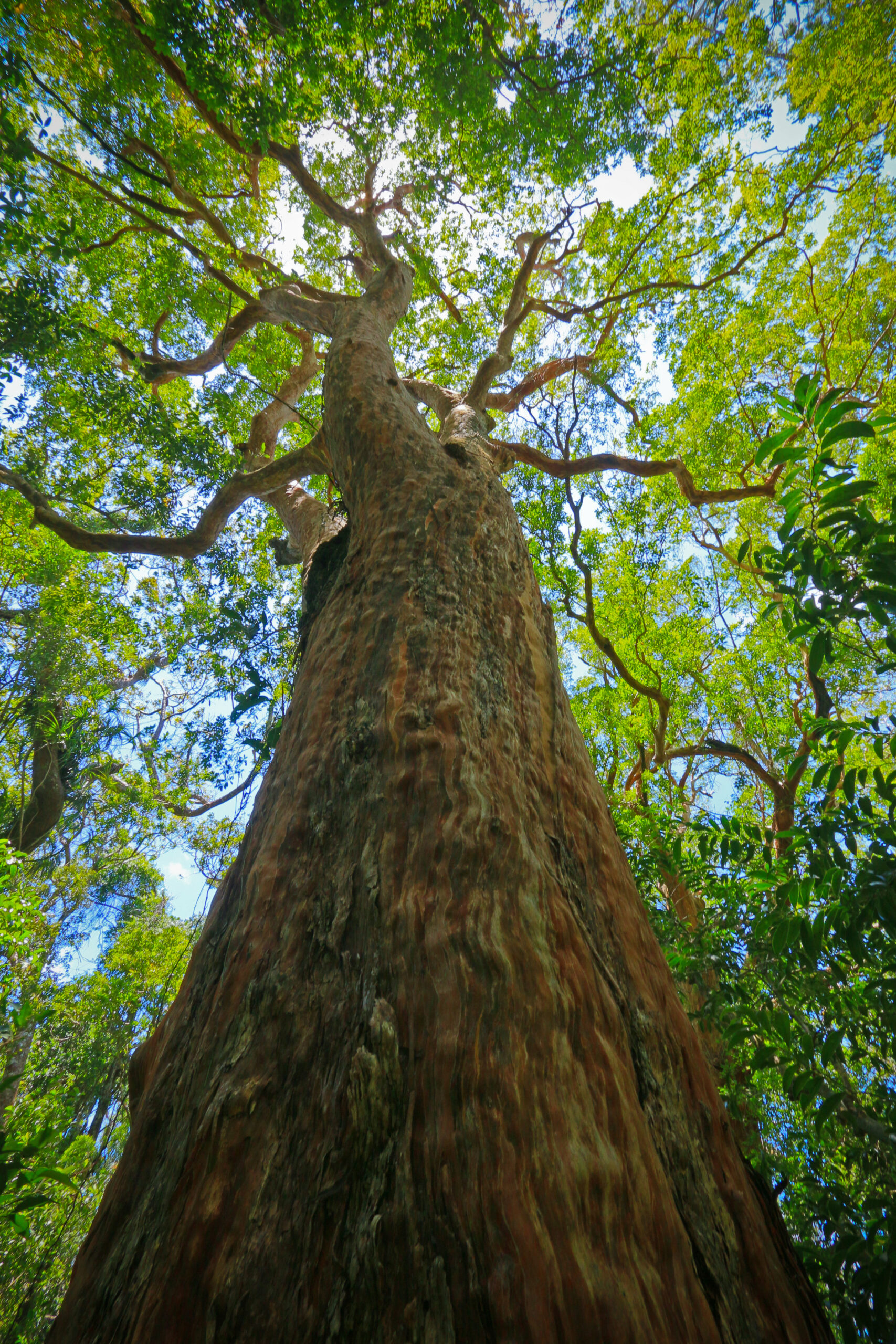| Local Name | Place |
| Malaikmo | Southern Tagalog |

Did you spot something we need to update?
Do let us know. Together, let's grow the database.
Reach out to us at binhi@energy.com.ph
Seed - best sown as soon as it is ripe in a nursery seedbed in a sunny position. A high germination rate can be expected, with the seeds sprouting within 28 - 42 days. The seedlings grow away quickly
Locate our planted MAGABUYO Trees
Locate our planted MAGABUYO Trees

trees planted in the country!

Spread awareness and learn about the 96 native Filipino trees species EDC has saved from extinction. Get your own copy of the coffee-table book today!